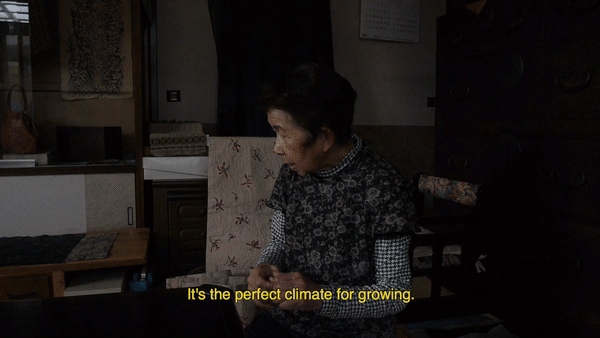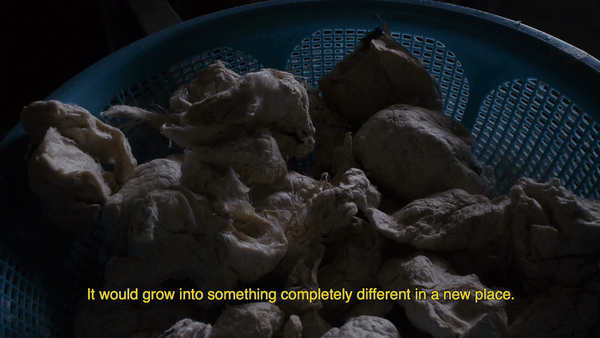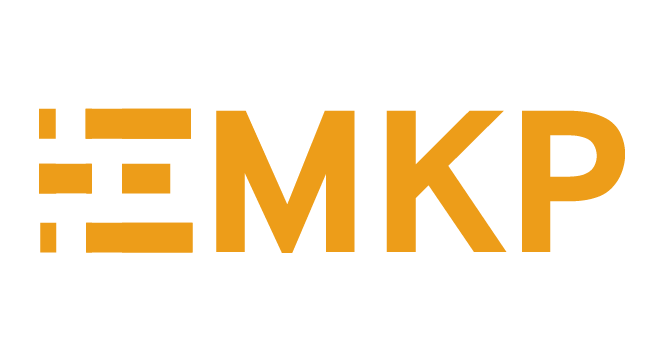This project will translate, record, articulate, preserve, and disseminate craft knowledge related to paper clothing (kamiko) made from sheets of specially-treated handmade paper (washi) in Shiroishi, a small town in Japan’s Miyagi Prefecture.

Paper may not seem like suitable material for making garments but can become strong and durable if made in a specific way. Around 910 CE, Japanese Buddhist monks began creating garments out of their paper sutras, spawning a lasting tradition of wearing paper clothing that was later adopted by farmers and the upper classes. Paper clothing used to be widely worn in Japan but now has been replaced by cotton and wool.

For at least 1200 years, artisans across the archipelago have been making paper clothing using whole sheets of paper, softened for flexibility then treated with plant-based strengtheners. There is very little written or studied about this longstanding craft practice in either Japanese or English.
For over 400 years Shiroishi was synonymous with handmade paper, woven paper textiles, and paper clothing. There are very few communities continuing to make paper clothing or textiles throughout Japan. In Shiroishi, there are only four people who make the specially treated paper or the clothing itself, as there is no consumer demand. It is used in one annual Buddhist ceremony near Kyoto.
The techniques to make paper clothing are being forgotten. This project is not revivification effort, but an effort to create a public-facing multimedia documentation effort that will disseminate the history and techniques involved in this disappearing practice.
This project will translate, record, articulate, preserve, and disseminate craft knowledge related to paper clothing (kamiko) made from sheets of specially-treated handmade paper (washi) in Shiroishi, a small town in Japan’s Miyagi Prefecture.
The specific goals are to make an audio-visual record by documenting the paper-clothing making practice in Shiroishi through film, audio, and photography. The audio-visual documentation will be delivered to the EMKP in raw, unedited audio and visual footage (including video and still photography).
In addition to this, a material library and record will also be produced. Textile swatches will be produced alongside an instructional document that will record the knowledge of how to make these materials. The outcomes of these material archiving activities will be documented and provided to the EMKP archive. This will be compiled into a document or booklet.
PI:
Daphne Mohajer va Pesaran, Royal Melbourne Institute of Technology in Australia
Location of Research:
Miyagi Prefecture, Japan
Host Institution:
Royal Melbourne Institute of Technology in Australia
